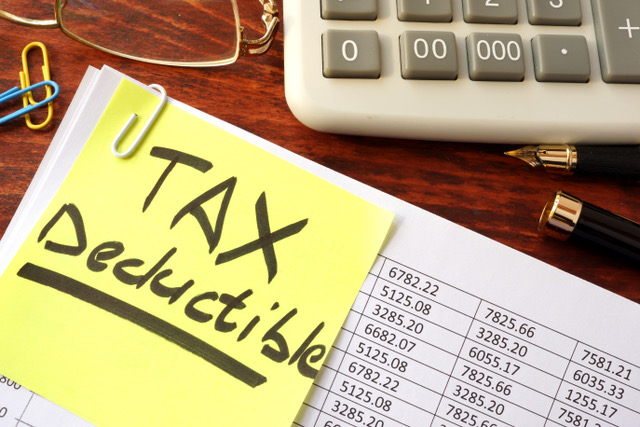R&D Tax Credit News

New House Bill Would Undo Unfavorable 2017 Change to R&D Expensing
October 24, 2019
A new House bill (H.R. 4549) introduced on September 29, 2019 is proposed to undo some major changes to how R&D expenses are treated. The new bill would enable companies to continue expensing R&D expenditures in the period during which they occurred by reversing a 2017 change impacting tax years starting 1/1/2022. The bipartisan bill, introduced by Representatives John Larson (D-Conn) and Ron Estes (R-Kan), would revert these Section 174 provisions.
Historically, taxpayers could choose if they wanted to deduct R&D expenses or capitalize and amortize them. Capitalizing required an election under IRC Section 174 for particular expenses. Under the Tax Cuts and Jobs Act of 2017 (TCJA, often referred to as the Trump Tax Cuts), the rules require R&D expenditures to be capitalized under Section 174 for tax years beginning after December 31, 2021. These R&D Costs, historically expensed, would then be deducted over 5 years for US expenses and 15 years for international expenses, beginning at the midpoint of the year in which they occurred. In addition, the new law adds a special rule requiring that software development costs be treated as 174 expenditures and will therefore fall under the same amortization requirements.
For many companies, this would result in a timing difference between when expenditures are captured with the Research and Experimentation Tax Credit and when they would be expensed under Section 174. While the longer-term net impact would be relatively neutral, the 5-year period after the switch was anticipated to be both strongly negative and burdensome for accounting.
For example, a company with $1,000,000 in eligible expenditures would be eligible for approximately $55,300 in research credits under both the current methodology and the proposed reversal. However, beginning in 2022, those same expenditures would be amortized over 60 months starting at the midpoint of the year for deductions from income. As a result, only 10% of the expenditures would be included for 2022. The remaining expenses are then expensed 20% in 2023, 2024, 2025, and 2026, with the remaining 10% in 2027.
| Tax year | Actual Expenditure | Research Tax Credit | Amortized TCJA Expenditure | Proposed Reversal |
|---|---|---|---|---|
| 2022 | $1,000,000 | $55,300 | $100,000 | $1,000,000 |
| 2023 | $200,000 | |||
| 2024 | $200,000 | |||
| 2025 | $200,000 | |||
| 2026 | $200,000 | |||
| 2027 | $100,000 | |||
| Total Credits | $1,000,000 | $55,300 | $1,000,000 | $1,000,000 |
Assuming consistent expenses, the effect would result in a “full year” deducted and claimed against income in 2027 and a return to pre-TCJA Section 174 expensing amounts.
| Tax year | Actual Expenditure | Amortized TCJA Expenditure | Proposed Reversal |
|---|---|---|---|
| 2022 | $1,000,000 | $100,000 | $1,000,000 |
| 2023 | $1,000,000 | $300,000 | $1,000,000 |
| 2024 | $1,000,000 | $500,000 | $1,000,000 |
| 2025 | $1,000,000 | $700,000 | $1,000,000 |
| 2026 | $1,000,000 | $900,000 | $1,000,000 |
| 2027 | $1,000,000 | $1,000,000 | $1,000,000 |
| Total Expensed | $6,000,000 | $3,500,000 | $6,000,000 |
Undoing the change will enable companies to continue counting on R&D deductions against income remaining consistent without a transition period for accounting changes. This will help companies continue to consistently drive innovation and growth by enabling immediate capture of research credits on expenditures.
Featured Projects





